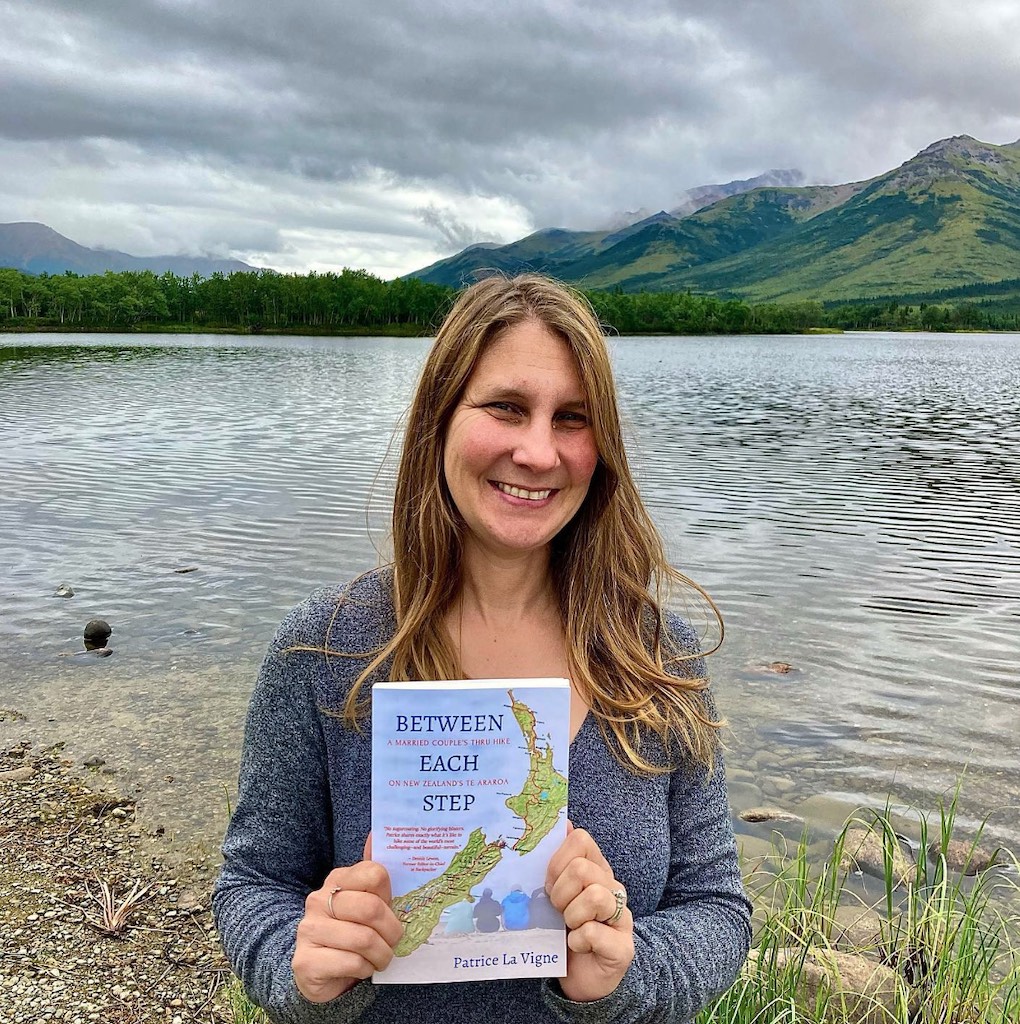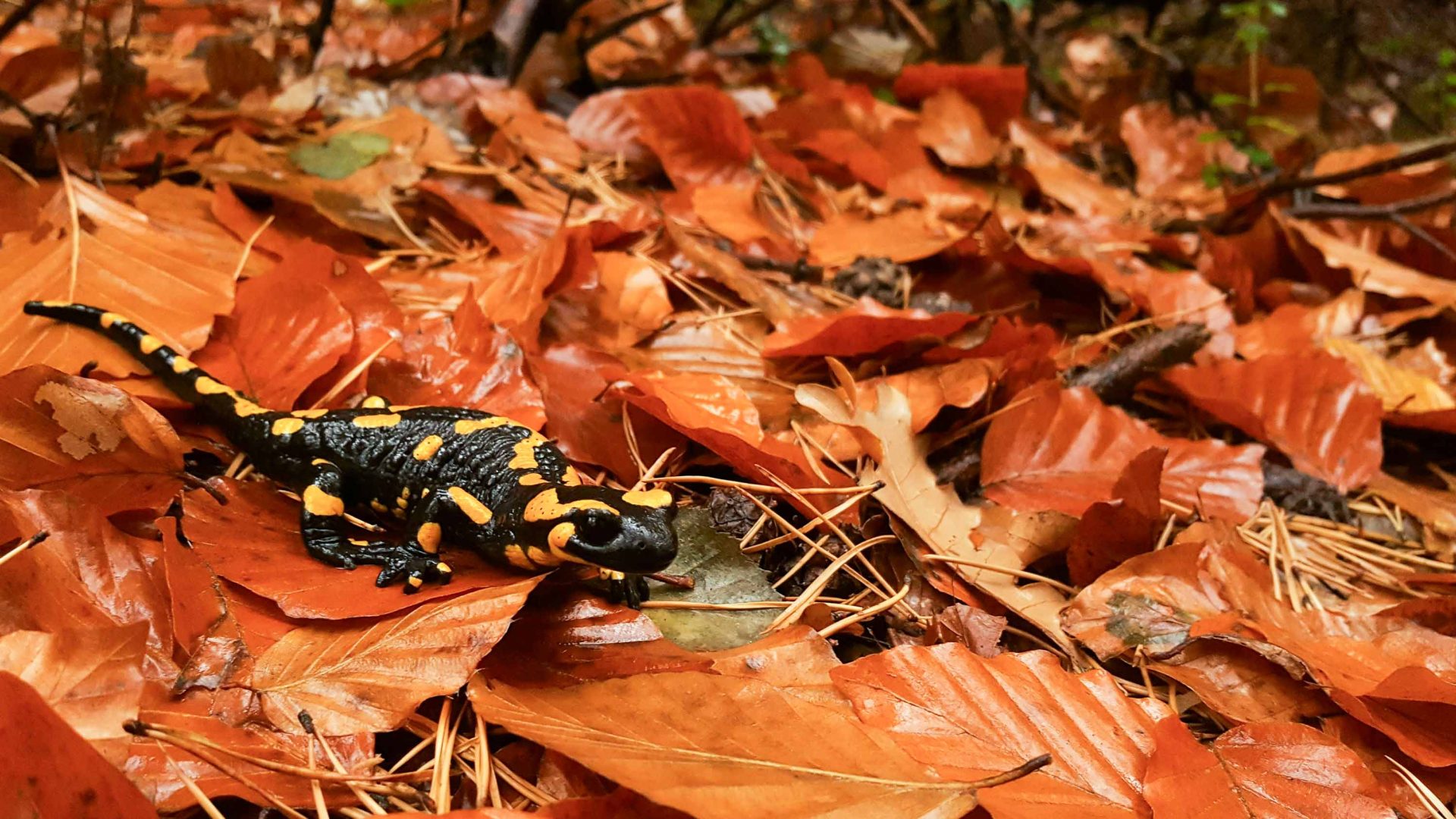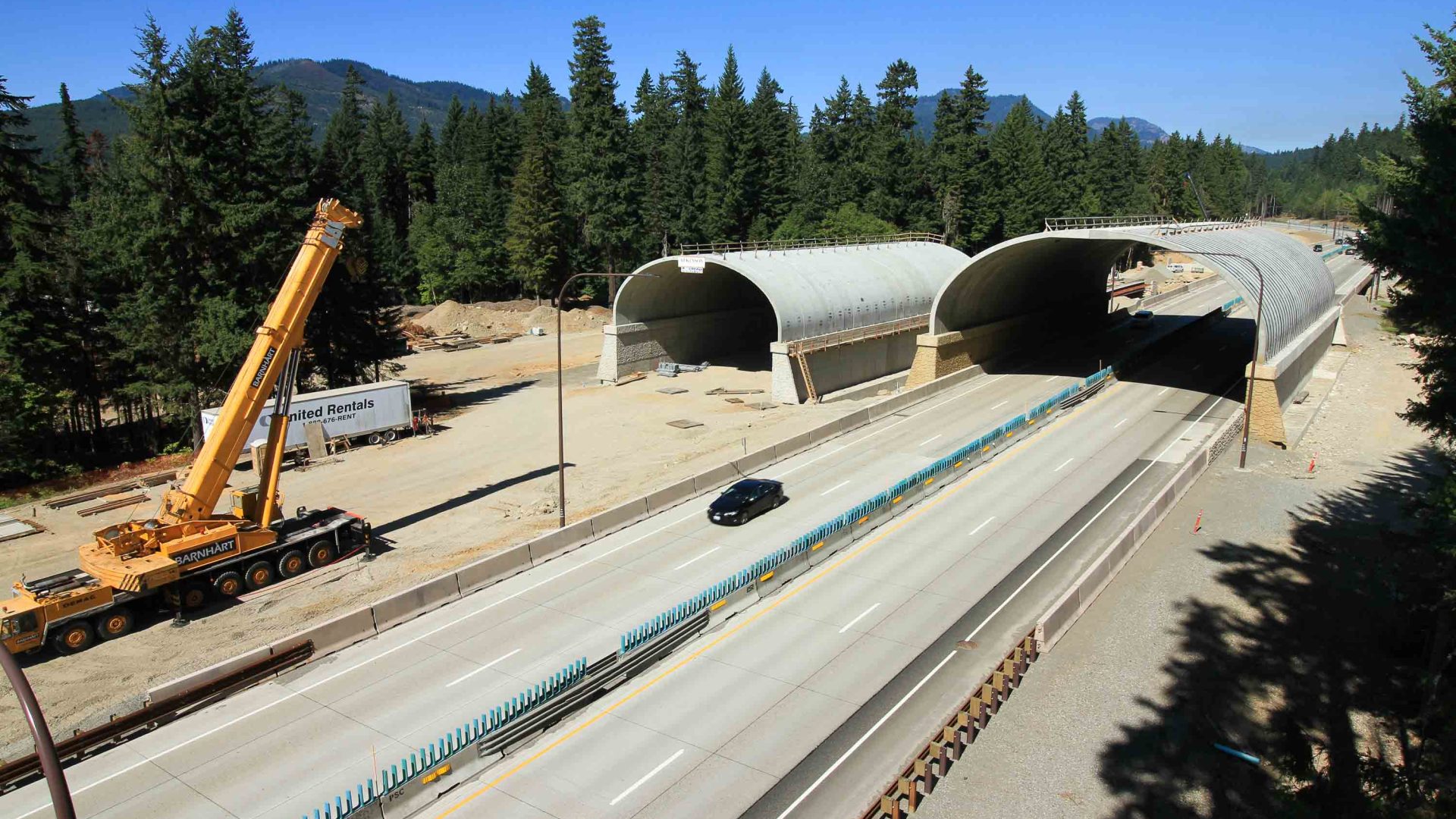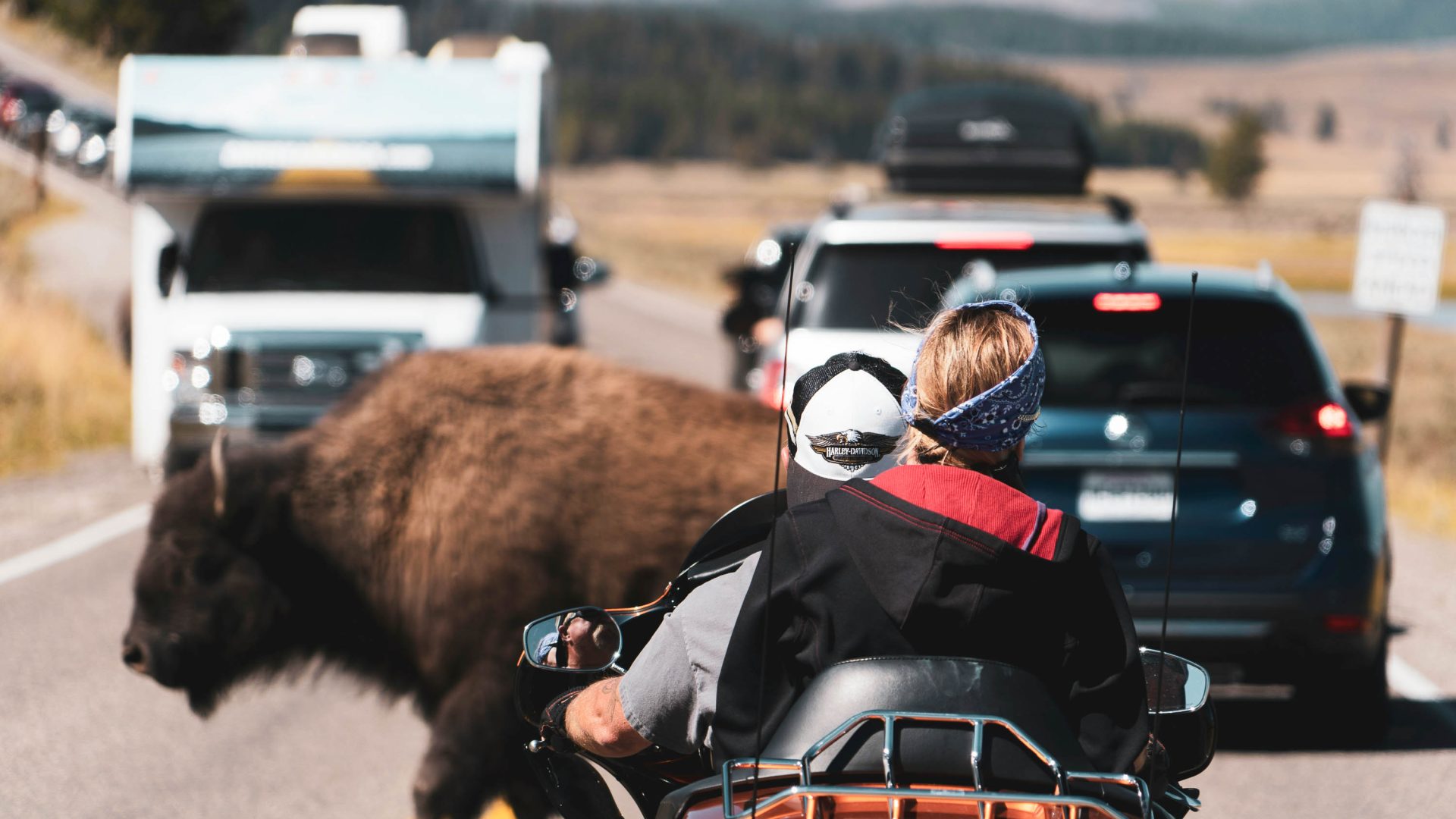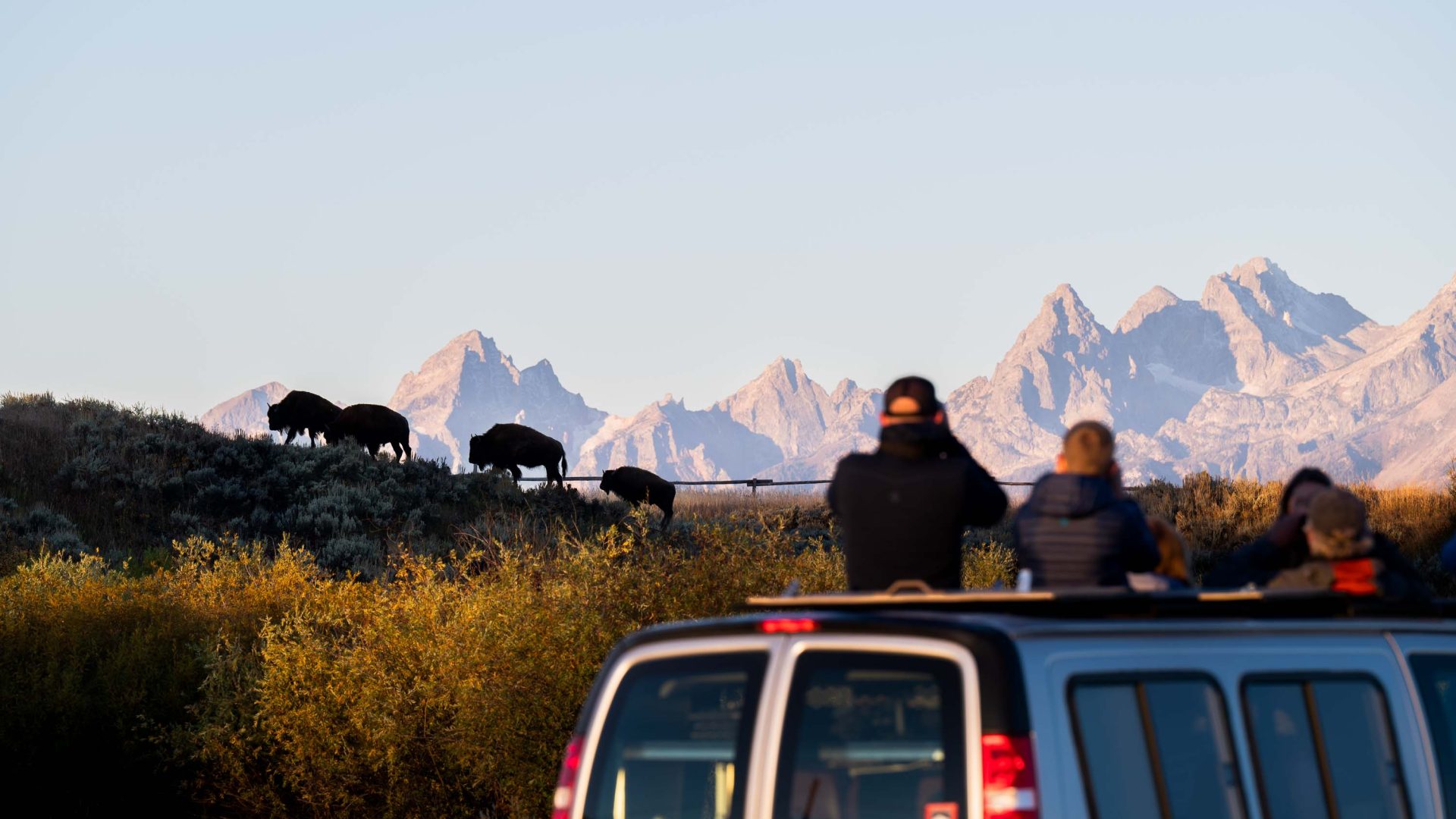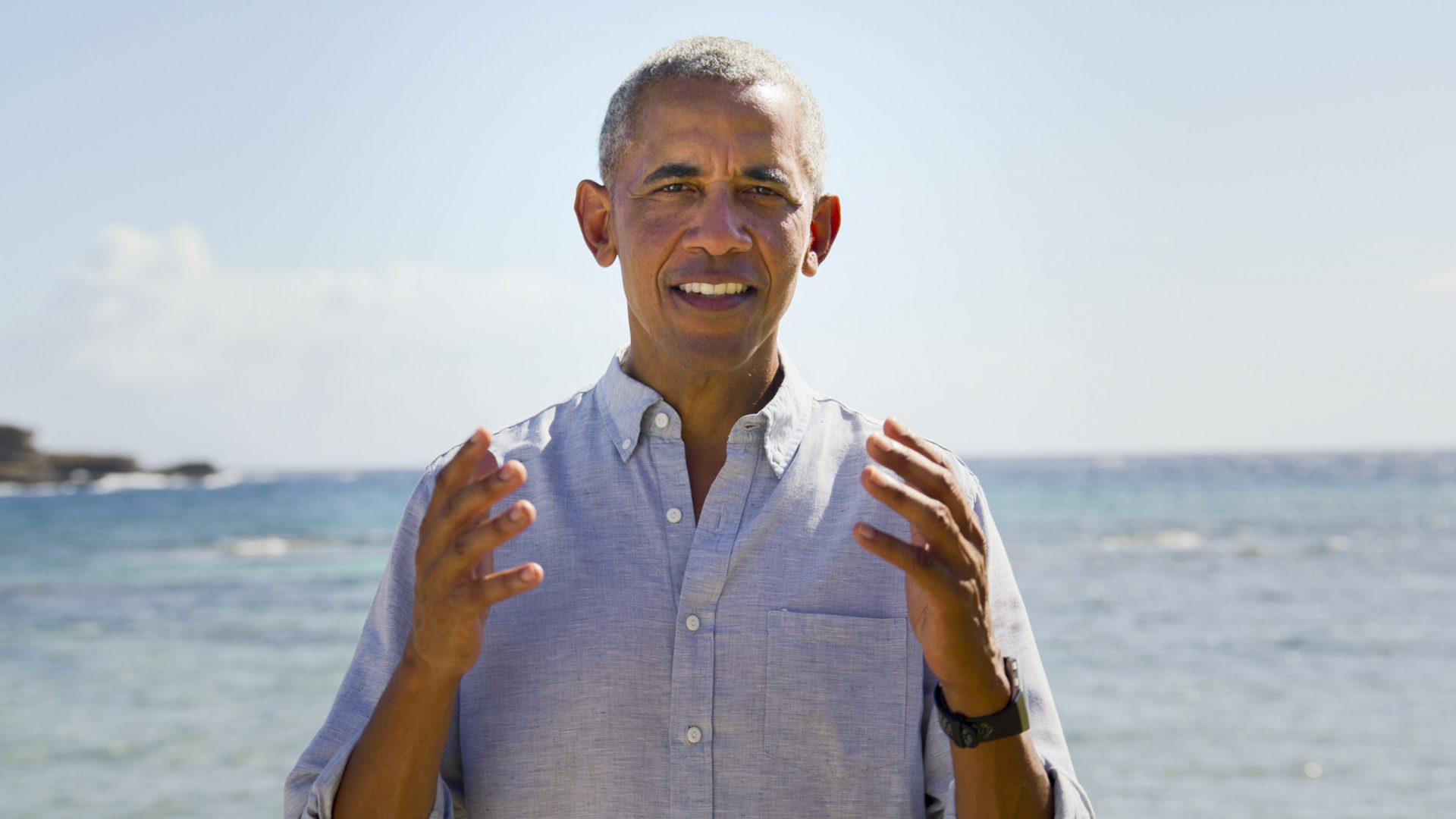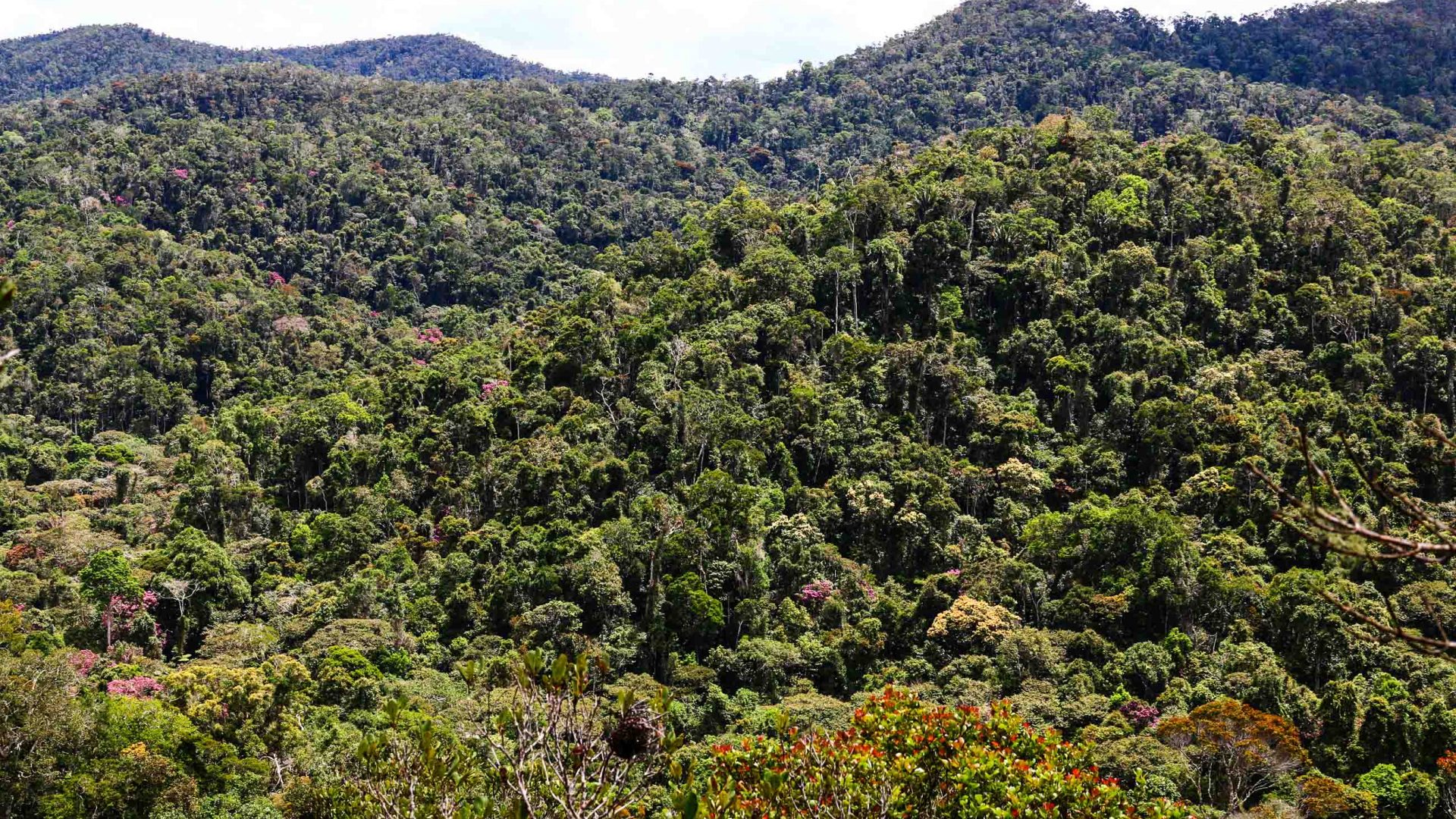No-one intends to hit a moose, squirrel, or even a frog while driving 60 miles per hour—and yet roadkill is commonplace with one million wildlife-vehicle collisions annually in the United States. The result is a staggering cost of USD$8 billion a year in vehicle towing and repairs, removal of animal carcasses, and medical costs, not to mention 26,000 human injuries and 200 deaths.
It’s hardly surprising. Most highways were built without any concern for how development erodes and splits wildlife habitat; as a result, big and small critters are crisscrossing perilous roads on a daily basis just to maintain their usual food, shelter, and migration patterns.
It wasn’t until decades after America’s first paved highways were built that engineers even started to consider keeping animals off these roadways. The solution? Funneling the animals to a human-built crossing corridor that mimics their natural environments. The first wildlife bridge built in the United States was in Utah in 1975, but there were still only a handful by the 1980s.
Thankfully, things have changed—today, there are over a thousand dedicated wildlife crossings around the US.

